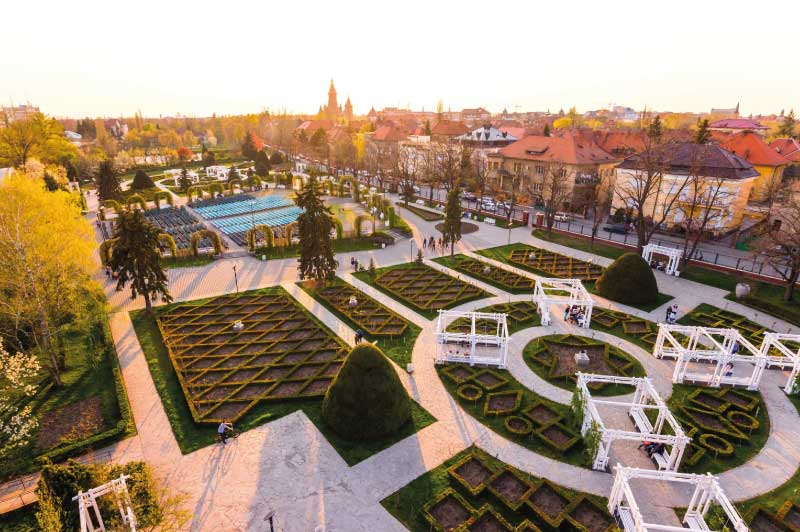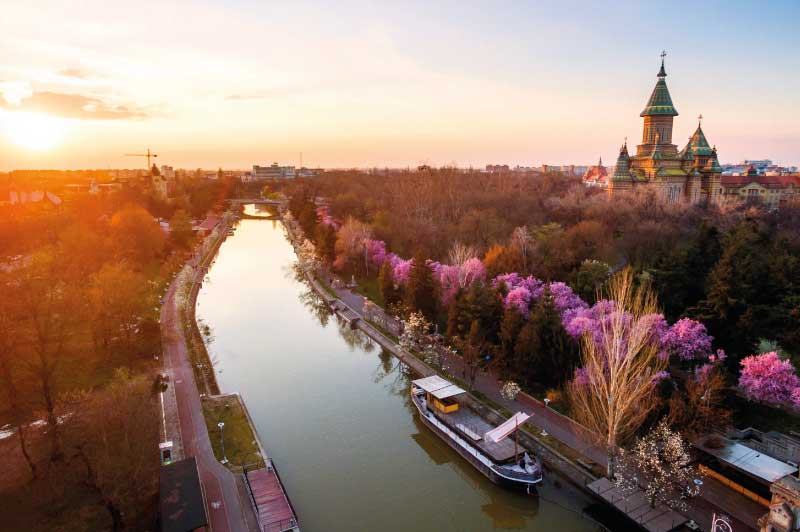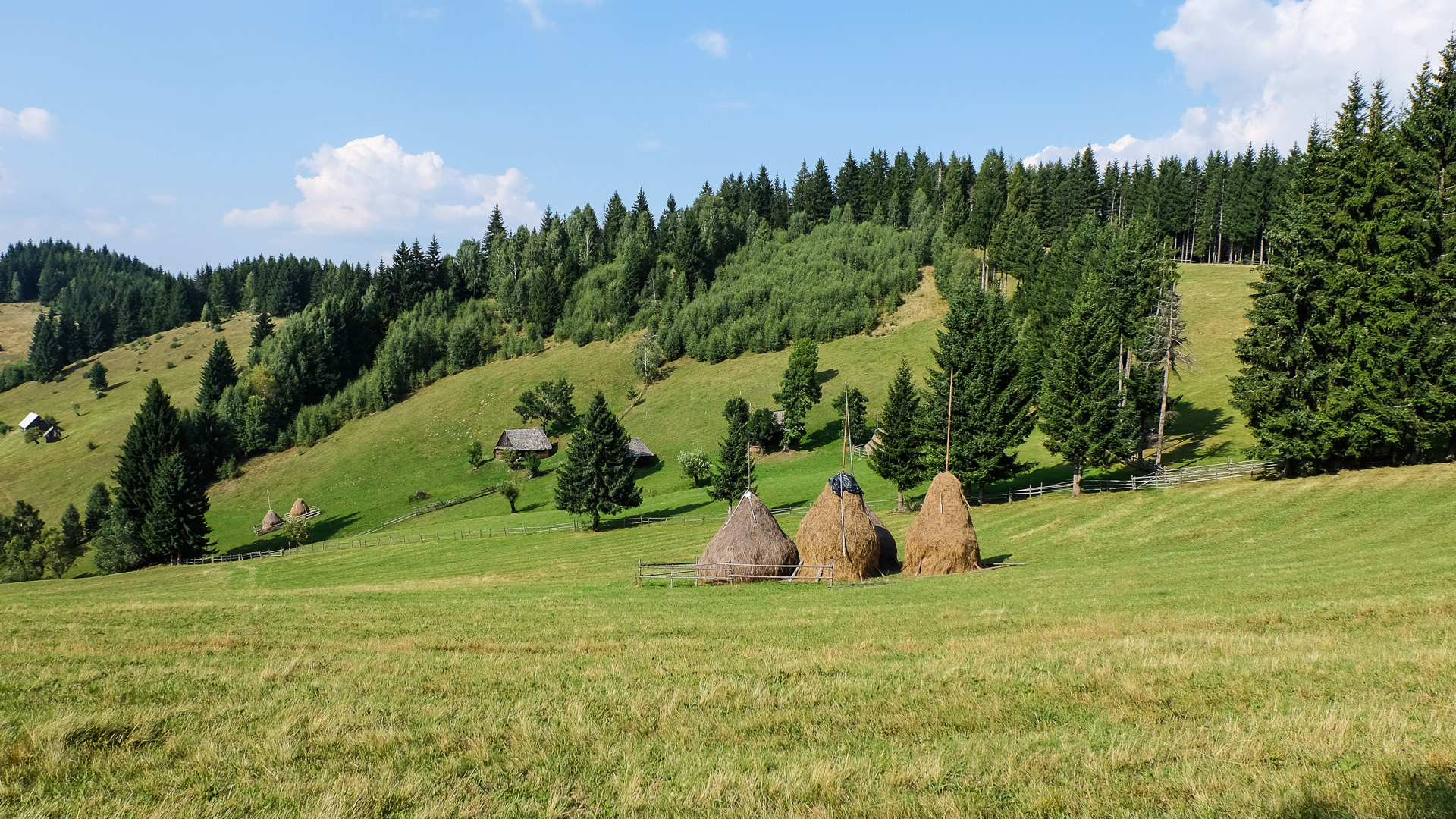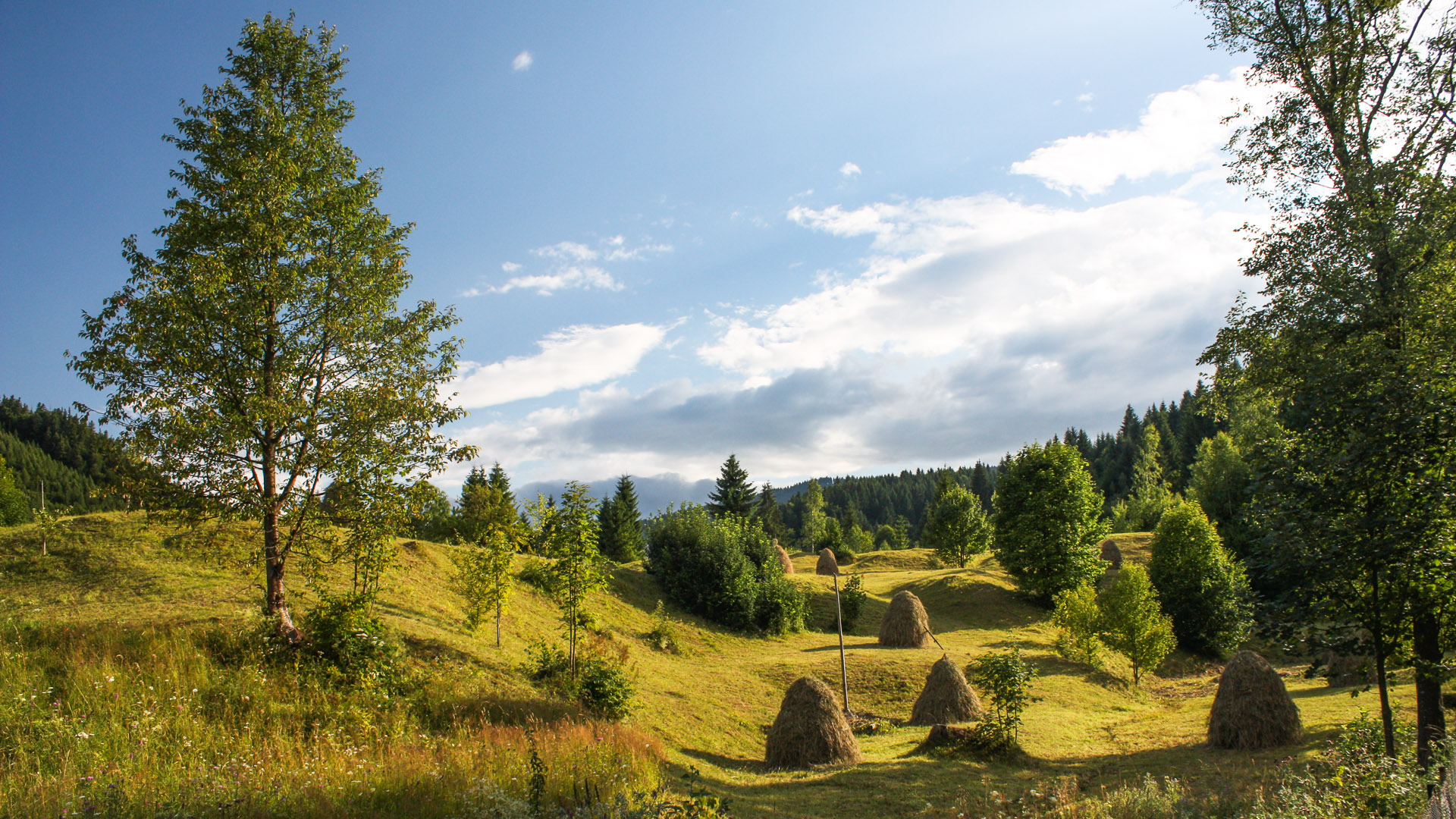
Timișoara is a city located in western Romania, near the country’s border with Hungary and Serbia. Its history is rich and diverse, shaped by various cultures and historical events over the centuries. Here is a brief overview of the history of Timișoara.

Picture credits @timisoara2023
Timisoara’s historical heritage
Timișoara’s history dates back to ancient times when it was part of the Roman Empire. It was originally known as “Castra Nova” and served as a Roman fortress and settlement along the banks of the Bega River.
During the Middle Ages, Timișoara was influenced by various European powers, including the Hungarian Kingdom, the Ottoman Empire, and the Habsburg Monarchy. The city was strategically located at the crossroads of trade routes, making it a desirable target for conquest.
Timișoara came under Ottoman rule in the 16th century and remained so for almost 160 years. During this time, it was known as “Temesvár.”
In the early 18th century, the Habsburg Monarchy (Austrian Empire) conquered Timișoara and held control over the city for several centuries. The Habsburgs greatly developed and fortified the city during their rule.
The Great War: Timișoara was heavily affected by World War I and changed hands several times between the Central Powers and the Allies. After the war, it became part of the Kingdom of Romania as part of the Treaty of Trianon (1920).
World War II and Communist Era: During World War II, Timișoara was occupied by Nazi Germany and then by the Soviet Union. After the war, it fell under communist rule as Romania became a communist state. Timișoara experienced significant industrialization and urbanization during this period.
1989 Revolution: Timișoara played a pivotal role in the Romanian Revolution of 1989, which led to the downfall of the communist regime of Nicolae Ceaușescu. Mass protests and demonstrations began in Timișoara and quickly spread throughout the country. The city’s central square, now called Revolution Square, was a focal point of these events.
Post-Communist Era: After the fall of communism, Timișoara underwent significant political and economic changes. It became a vibrant center of culture, education, and commerce in western Romania. The city’s historical architecture, including Baroque and Art Nouveau buildings, has been well-preserved and attracts tourists from all over the world.
Today, Timișoara is known for its cultural diversity, strong economy, and contributions to Romanian arts and sciences. It holds the title of the “Little Vienna” due to its architectural heritage and cultural similarities with the Austrian capital. The city’s history is a testament to its resilience and its ability to adapt to changing times and influences over the centuries.

Picture credits @timisoara2023
Cultural visit in Timisoara
Timișoara is a city with a rich cultural and architectural heritage, and it offers several famous monuments and landmarks for tourists to visit. Here are some of the notable ones:
- Union Square (Piața Unirii): it is the central square of Timișoara and one of its most iconic locations. It’s surrounded by colorful Baroque buildings and features a large statue of the Holy Trinity in the center. The square is also home to historic cafes and restaurants, making it a great place to relax and soak in the atmosphere.
- Metropolitan Cathedral (Catedrala Mitropolitană): This magnificent Orthodox cathedral, built in the 1940s, is known for its stunning architecture, beautiful frescoes, and golden domes. It’s one of the largest religious buildings in Romania and an impressive sight to behold.
- Union Square Catholic Dome (Catedrala Catolică): Located in Union Square, this Catholic cathedral is another striking architectural landmark in Timișoara. Its twin spires and Neo-Romanesque style make it an attractive sight. The interior is equally impressive, with intricate decorations and stained glass windows.
- Memorial Museum of the 1989 Revolution (Muzeul Memorial Revoluției): This museum is dedicated to the events of the Romanian Revolution of 1989, particularly the role played by Timișoara in overthrowing the communist regime. It displays photographs, artifacts, and personal accounts that provide insight into this historic period.
- Huniade Castle (Castelul Huniazilor): Also known as Hunyadi Castle, this medieval fortress is situated in the center of Timișoara. It has a rich history and was once a strategic military stronghold. Visitors can explore its towers, courtyards, and dungeons, as well as enjoy exhibitions and events held within the castle.
- Millennium Church (Biserica Millennium): This Serbian Orthodox church is an architectural gem with its Byzantine-style domes and colorful frescoes. It’s one of the city’s oldest religious buildings, dating back to the late 18th century, and is a peaceful place to visit.
- Memorial Museum of the 1989 Revolution (Muzeul Memorial Revoluției): This museum is dedicated to the events of the Romanian Revolution of 1989, particularly the role played by Timișoara in overthrowing the communist regime. It displays photographs, artifacts, and personal accounts that provide insight into this historic period.
- Memorial Museum of the Victims of Communism and of the Resistance (Muzeul Memorial al Victimelor Comunismului și al Rezistenței): Located in the former Securitate headquarters, this museum documents the history of communism in Romania, including the hardships endured by the people under the regime. It offers a sobering look at Romania’s communist past.
These are just a few of the many landmarks and museums you can explore in Timișoara. The city’s historical and cultural diversity makes it an appealing destination for tourists interested in history, architecture, and the arts.

Picture credits @timisoara2023
Around Timisoara
Timișoara is not only a beautiful city in its own right, but it also serves as a great starting point for exploring the surrounding region of western Romania. Here are some of the places and attractions you can visit around Timișoara:
Banat Village Museum (Muzeul Satului Bănățean): Located just a short drive from Timișoara, this open-air museum showcases traditional rural architecture and heritage from the Banat region. It features authentic houses, barns, and other buildings, offering a glimpse into the area’s history and culture.
Recaș Wine Region: Banat is known for its vineyards and wine production, and the Recaș area is one of the notable wine regions near Timișoara. You can visit local wineries for wine tasting tours and explore the picturesque countryside.
Buziaș: Buziaș is a nearby town famous for its thermal spas and mineral springs. You can relax in the therapeutic waters of Buziaș and enjoy the tranquil surroundings. The town also has a park and a historic casino building.
Sânnicolau Mare: This town is known for its picturesque architecture and charming atmosphere. It has well-preserved historic buildings, including churches and mansions. Sânnicolau Mare is about a 40-minute drive from Timișoara.
Cheile Nerei-Beușnița National Park: If you’re interested in nature and outdoor activities, consider a trip to this national park. It’s known for its stunning canyons, waterfalls, and pristine forests. You can go hiking, birdwatching, or simply enjoy the natural beauty.
Corvin Castle (Castelul Corvinilor): Located in Hunedoara, a couple of hours from Timișoara by car, Corvin Castle is one of Romania’s most impressive medieval fortresses. It boasts Gothic and Renaissance architecture and is often referred to as Dracula’s Castle, though it has no direct connection to the fictional vampire.
Oravița: This historic town is known for its well-preserved steam locomotive museum and is the starting point for a scenic train ride through the Semenic Mountains. The Oravița-Anina Railway is one of the oldest in Europe and offers breathtaking views.
Danube River: The Danube River is not far from Timișoara, and you can take a day trip to explore its banks. There are opportunities for boat rides, fishing, or simply enjoying the riverfront promenades.
These are just a few of the attractions and destinations you can explore around Timișoara. The region offers a mix of cultural, natural, and historical experiences that will enhance your visit to this part of Romania.
Learn more about Romania in our Blog Here or book a tour to visit Romania among the touristic tours we offer. Click here to see the tours
















Leave a Reply